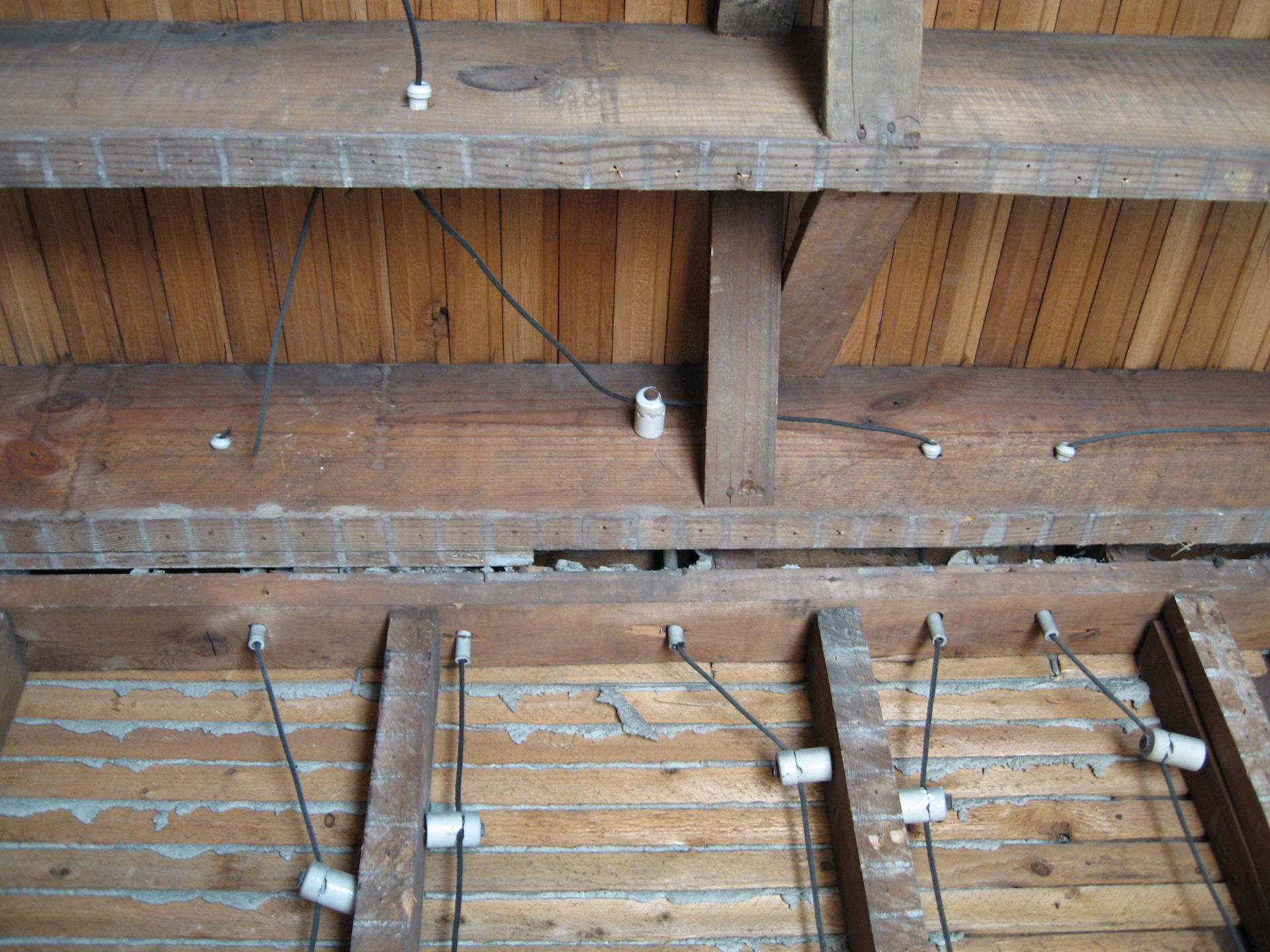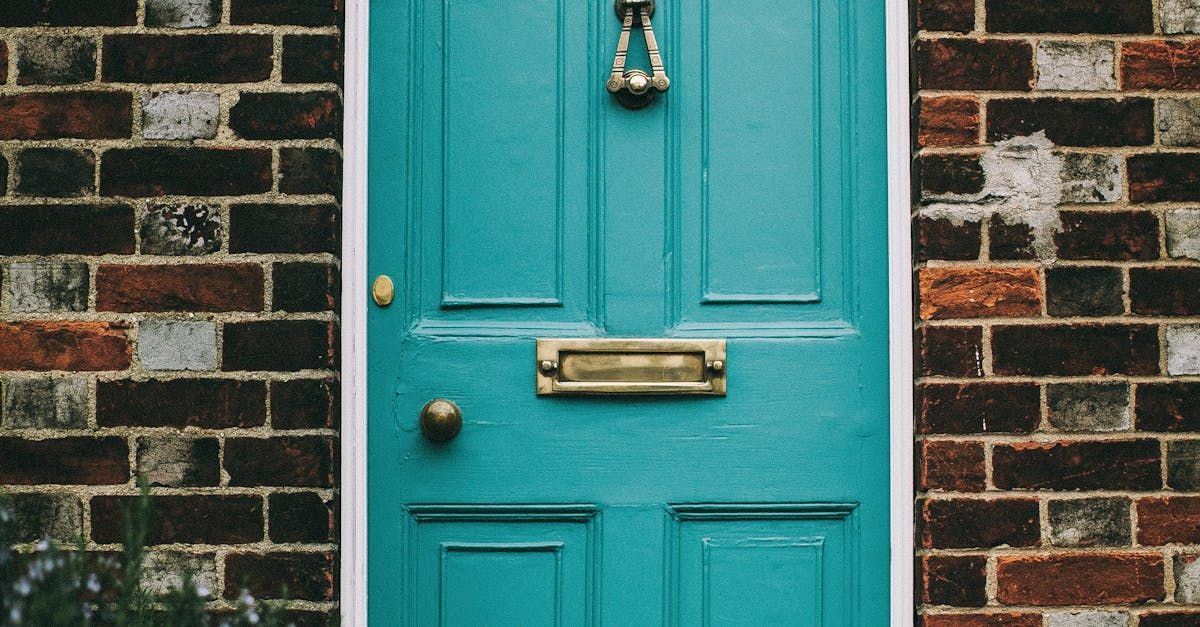Safe at Home: A Comprehensive Guide to Ensuring Household Safety
Ken Whiteman • January 17, 2024
Keeping the house and home safe for our families

- Creating a safe and secure home environment is paramount for the well-being of you and your loved ones. In this comprehensive guide, we'll explore various aspects of household safety, from preventive measures to emergency preparedness. Whether you're a new homeowner, a seasoned resident, or just looking to enhance safety in your living space, these tips will serve as a valuable resource to keep your home a haven of security.
1. Fire Safety:
Install smoke detectors in key areas and check their functionality regularly. - Create a fire escape plan, including designated meeting points outside.
- Keep fire extinguishers in the kitchen, garage, and other high-risk areas.
- Avoid overloading electrical outlets and unplug devices when not in use.
- 2. Emergency Preparedness:
Develop an emergency kit with essential supplies, including first aid items, non-perishable food, water, and important documents. - Establish communication plans with family members in case of emergencies.
- Familiarize yourself with local evacuation routes and emergency services.
- 3. Childproofing:
Secure furniture to walls to prevent tip-overs. - Use safety gates at stairways and in doorways to restrict access.
- Keep hazardous substances, sharp objects, and small items out of reach.
- Cover electrical outlets and secure loose cords.
- 4. Home Security:
Install robust locks on doors and windows. - Consider a home security system with cameras and alarms.
- Reinforce entry points, such as doors and sliding glass windows.
- Get to know your neighbors and participate in neighborhood watch programs.
- 5. Fall Prevention:
Secure area rugs and remove clutter from walkways. - Install handrails on staircases and in bathrooms.
- Adequately light all areas of the home, especially staircases and hallways.
- Consider non-slip mats in bathrooms and kitchens.
- 6. Carbon Monoxide Awareness:
Install carbon monoxide detectors near sleeping areas. - Ensure proper ventilation for gas-powered appliances.
- Schedule regular maintenance for furnaces, water heaters, and other gas appliances.
- 7. Natural Disaster Preparedness:
Know the risks and prevalent natural disasters in your area. - Reinforce your home against potential threats, such as earthquakes or hurricanes.
- Create a family evacuation plan with designated meeting places.
- Stay informed through weather alerts and emergency broadcasts.
- 8. Home Maintenance and Inspection:
Regularly inspect and maintain appliances for safety. - Check for gas leaks, especially if you smell gas or notice a hissing sound.
- Test and replace batteries in smoke detectors and carbon monoxide detectors.
- Schedule professional inspections for heating and cooling systems.
- 9. Safe Storage of Hazardous Materials:
Store chemicals, cleaning products, and other hazardous materials in a secure location. - Keep medications out of reach of children and properly labeled.
- Dispose of expired medications and hazardous waste responsibly.
- 10. Cybersecurity:
Use strong, unique passwords for online accounts. - Install and regularly update antivirus and anti-malware software.
- Be cautious of phishing attempts and protect personal information online.
- Secure home Wi-Fi networks with strong passwords and encryption.
Conclusion:
Prioritizing safety in your home involves a combination of preventive measures, preparedness, and awareness. By incorporating these tips into your daily routine and home maintenance practices, you can create a secure environment for yourself and your family. Remember, a safe home is a happy home—take the time to assess potential risks and implement the necessary safeguards for peace of mind and well-being.
You might also like
Toolbox Talk

Knob-and-tube wiring, often known as K&T, was a common method of electrical wiring in North American buildings from around 1880 to the 1930s. This system used single-insulated copper conductors running through wall or ceiling spaces, passing through protective porcelain insulating tubes in joist and stud drill-holes. These conductors were supported by porcelain knob insulators for stability and were shielded by flexible cloth insulating sleeving, called loom, when entering wiring devices like lamps or switches. Originally using asphalt-saturated cotton cloth for insulation, it was later replaced with rubber. Splices in knob and tube setups involved twisting conductors, soldering, and insulating with rubber tape and friction tape (asphalt-saturated cloth) or placing them in metal junction boxes. Knob and tube wiring is no longer permitted in new construction, but existing installations are often allowed to remain if left undisturbed, unaltered, or disconnected. If any changes are made, the wiring must be upgraded to meet modern safety standards and NEC regulations. It is crucial to have only qualified professionals handle electrical work or maintenance. Note that while Pennsylvania does not have a statewide electrical license requirement, individual cities, towns, boroughs, and municipalities may have their own regulations.

The cost of installing a door can fluctuate depending on the specific job and client preferences. Doors come in a variety of styles and designs to cater to different tastes. There are hollow and solid slab interior doors, as well as exterior entry doors, storm doors, and screen doors, with options of wood, metal, or fiberglass materials. Clients may choose to reuse existing lock sets or opt for new ones. Sometimes, rebuilding the door frame is necessary if it has been damaged or rotted. Door prices can range from a few hundred dollars and can increase based on the desired aesthetics, design, material, and other factors. Labor and equipment costs can also vary, with the average cost for installing an exterior door typically falling between $600.00 and $1,000.00. Interior doors generally range from $150.00 to $400.00, while storm doors can cost between $500.00 and $900.00. It is always wise to have a rainy day fund with at least three months' worth of expenses or around $5,000.00 for unexpected projects like these. Costs may differ based on project specifics and individual contractors, as well as market fluctuations. If you're interested in discussing your door installation needs, please reach out to us – we're here to assist you!

